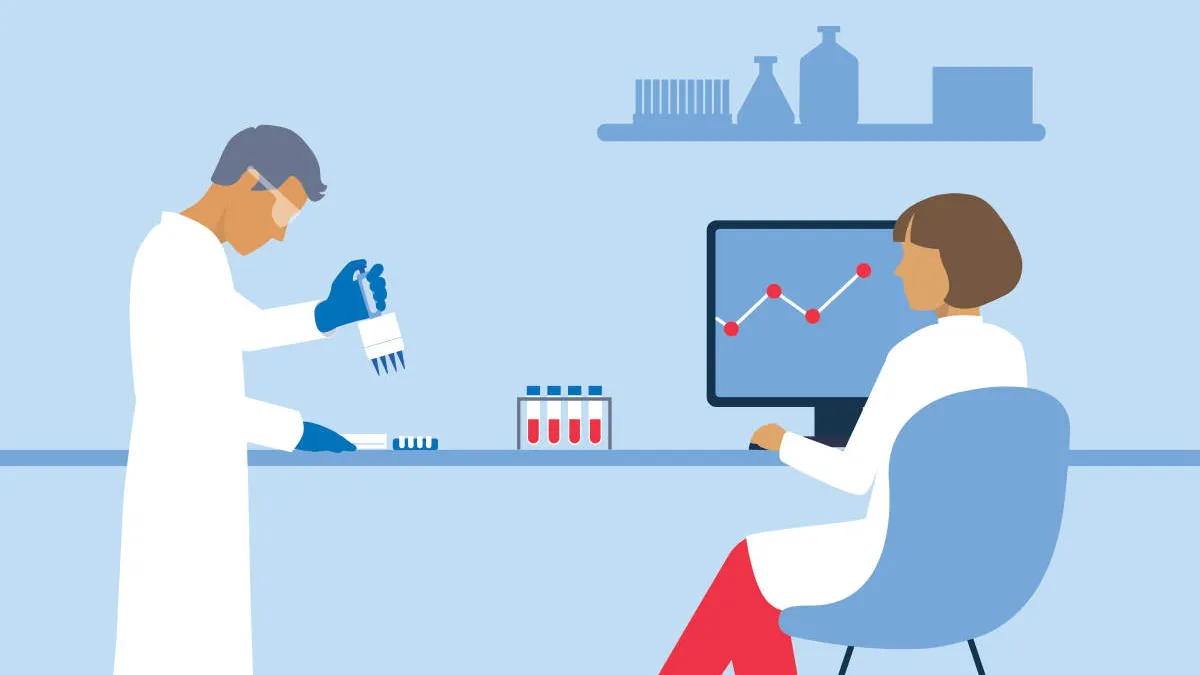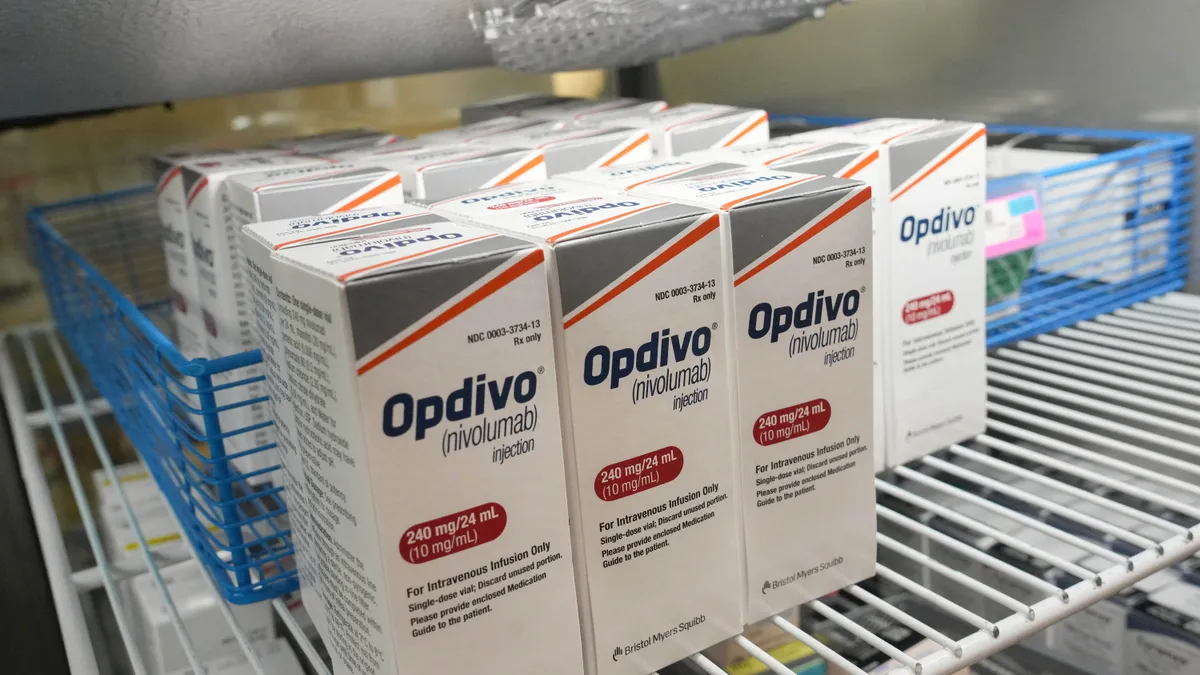Next-generation sequencing (NGS) is the future of GxP for biosafety and product characterization. This method of fast, sensitive, cost-efficient genetic sequencing can help evaluate viral content, viral clearance, vector integrity, vector integration events and effects on the host genome and transcriptome.
Regulatory bodies now recommend using NGS to mitigate the risk of viral contamination. To keep pace with these new standards, biotechnology companies have already begun using NGS testing and updating their methods of electronic record-keeping.
New standards for manufacturing
NGS is the new standard for monitoring the safety of manufactured biotechnology products because of its versatility, speed and sensitivity (1). It can be used to test for unwanted, potentially dangerous agents, including contamination, gene expression changes, vector and host genome integrity and sample identity and purity.
Regulatory authorities have developed new GxP guidelines for NGS-based assays, computational systems and analytical procedures, to ensure product quality, data integrity and patient safety. The International Council for Harmonisation of Technical Requirements for Pharmaceuticals for Human Use (ICH) recently published Q5A(R2), Viral Safety Evaluation of Biotechnology Products Derived from Cell Lines of Human or Animal Origin (2). These guidelines suggest replacing older standards such as cell-based assays and other in vivo and in vitro tests with NGS approaches because of its increased sensitivity and accuracy.
New standards for computer system validation (CSV)
Biopharma companies need a way to validate diverse NGS assays derived from different methods, instruments, protocols and facilities, with minimal disruption to the business. But that’s not all.
Maintaining quality, auditable electronic records through computer system validation (CSV) is critical for GxP compliance. Regulations under both the US and the EU are based on guidelines from the Organisation for Economic Co-operation and Development (OECD) (3), which emphasize the need for validated computer systems that limit access to authorized users. The system should generate time-stamped audit trails to record date and time of actions which create, modify or delete electronic records. In the United States, this guidance was established by 21 CFR Part 11 (4), created by the Food and Drug Administration (FDA). Any system needs to seamlessly validate the existing diverse NGS data and incorporate new data types as necessary.
Simple NGS data management
It’s easy to keep up with regulatory changes like Q5A(R2) and 21 CFR Part 11 and continue delivering safe products to patients.
QIAGEN CLC Genomics Server is a flexible software platform for executing NGS-based data analysis workflows across assays and NGS instruments, on-premise or in the cloud. Easily achieve CSV compliance for your diverse data in GxP settings.
- Audit and validate: Generate, monitor, download and retain secure timestamped audit trails. Maintain data integrity and history/provenance for all your files and restrict data deletion according to your policies.
- Customize: Maintain full control over your operational system checks for GxP workflow activities, lock down optimized computational workflows and automate workflow execution.
- Secure and protect: Control access with authority checks, roles, and permission groups. Implement input checks, data integrity checks, file provenance, and nonrepudiation controls.
See how top pharma companies are making NGS GxP compliance easy with QIAGEN CLC Genomics Server. Learn more.
References
- Ng SH, et al. Current Perspectives on High-Throughput Sequencing (HTS) for Adventitious Virus Detection: Upstream Sample Processing and Library Preparation. Viruses. 2018;10(10):566. doi: 10.3390/v10100566. PMID: 30332784; PMCID: PMC6213814.
- International Council for Harmonisation (ICH), European Medicines Agency (EMA). Viral Safety Evaluation Of Biotechnology Products Derived from Cell Lines of Human or Animal Origin Q5A(R2). (2023).
- World Health Organization (WHO). Annex 3: Good manufacturing practices: guidelines on validation. (2019).
- United States Food and Drug Administration (FDA). Part 11, Electronic Records; Electronic Signatures - Scope and Application. (2003)










